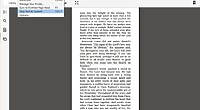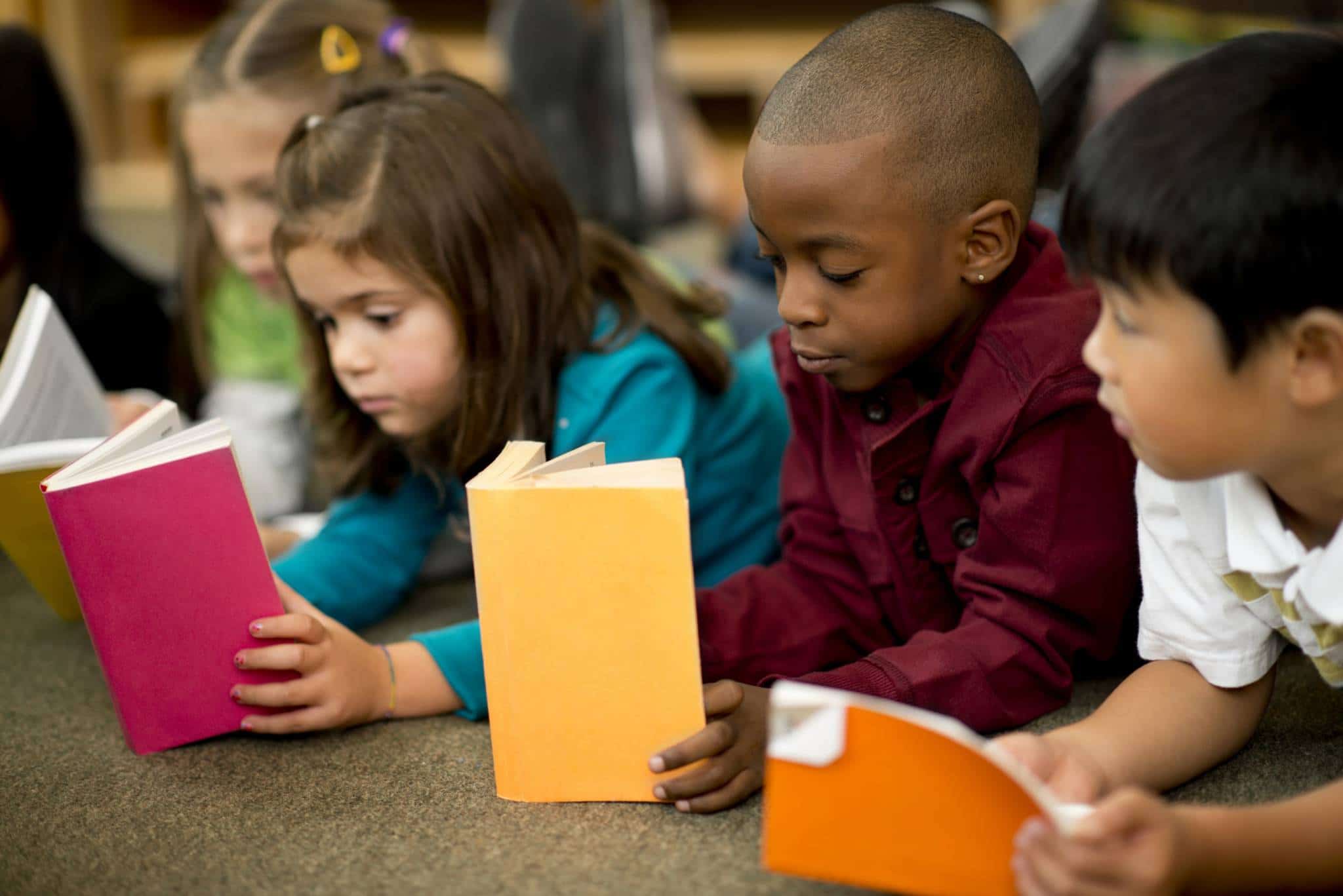Scholastic is arguably the go-to source of information on the children’s publishing industry, and it’s not just because they’ve had some out-of-the-park smash hits (ever hear of Harry Potter? The Hunger Games?). Scholastic also runs a thriving education division and as such it makes it the company’s business to know what kids want to read, how they interact with books, and what aspects of kids’ lit are sadly lacking.
Their new Kids & Family Reading Report: 6th Edition has come out, and the findings are both interesting and reflective of a literary climate that still isn’t meeting every need. For example, both parents and children want to see more diversity in books, and finding something interesting and appealing to read is still a major obstacle for kids, especially reluctant readers.
One finding of the report was very uplifting, though, and it concerns the perception about access to books in the home. While educators have long fought against this lack of access and very little books in the home, Scholastic found that the problem is not quite as dire as has always been believed:
“The average home with children ages 0–17 has 104 children’s books; however, households with income less than $35,000 only have 69 children’s books, Hispanic families have 91 children’s books, and African-American families have 67 children’s books on average in the home.”
Of course, those numbers are not stellar, but they are vastly better than the long-held belief that many lower income families had no books in the home at all. There were also encouraging numbers on families who read aloud together, kids who read over the summer, and improved data on the numbers of families across different income levels who were aware of the “summer slide” and its impact on reading progress.
To view the rest of this insightful report on children’s reading habits and publishing, click here.
Mercy Pilkington is a Senior Editor for Good e-Reader. She is also the CEO and founder of a hybrid publishing and consulting company.

